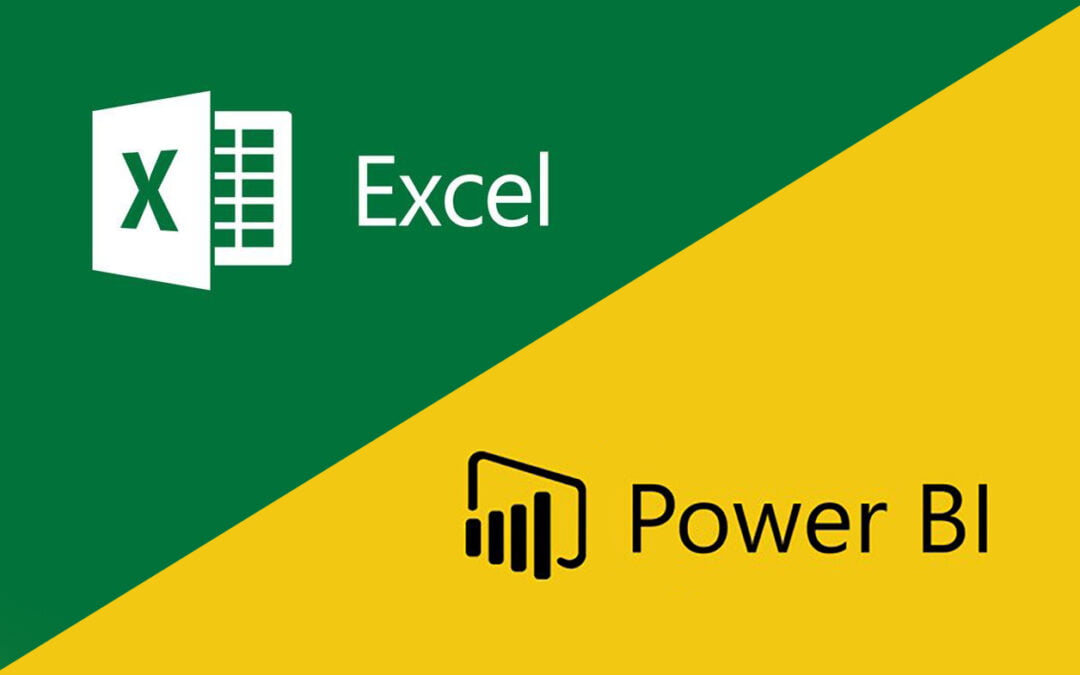Secrets for Successful Android App Development in 2025
Why Salesforce and ERP Integration Fuels Business Growth
Power BI and Excel: How to Leverage Both for Data Reporting
Tips to Find the Right App Development Partner: Key Considerations
Top Benefits Of Cross-Platform Mobile App Development
Frameworks like React have made it easier for top mobile app development companies in Pune, like CodePlateau, to develop cross-platform mobile applications that work on iOS, Android, and as a website. While there are, as you can imagine, innumerable benefits of cross-platform mobile app development for app development companies in India, as a client there are plenty of advantages for you as well. In this blog, we’ll take a look at why most cross-platform mobile app development companies are succeeding.
Advantages Of Cross-Platform Mobile App Development
1. Lower Costs: Before the advent of development frameworks like React, mobile app development companies needed to hire specialists in Android and iOS platforms who would then code for their respective platforms. These costs would pass on to the client who would have to pay more for similar work. Cross-platform mobile app development companies hire a coding specialist familiar with both iOS and Android and frameworks like React make it possible to use the same code with a few modifications on both platforms.
2. Codes Can Be Reused: Another excellent benefit for cross-platform mobile app development is that code from one platform can be reused for the next. Instead of having to write code from scratch for every platform, cross-platform mobile app development companies share code across platforms reducing redundancies and a lot of unnecessary manual coding.
3. Easier Prototype Builds: Before building a full-fledged app if a company would like to test out their product and the reaction to their idea in the market the most convenient solution is to build a prototype of the application. Cross-platform app development companies can use the tricks up their sleeve to build the prototype from zero to complete in just a matter of weeks thanks to the use of multiple feature libraries that are easily accessible for cross-platform mobile application development especially with react. The same code used on the prototype can be modified, if needed, to use on the main application when it comes time to go to the market.
4. Quicker Time To Market: Thanks to being able to reuse code, and using a single script across the platforms, cross-platform app development companies are able to deliver projects to their clients in half the time it would take otherwise. You can get from the idea stage of the app to the market in the shortest possible span of time. New features if the thought of by the product or marketing team based on the reaction to the application can be easily implemented into the app with minimal set-backs.
5. Consistency Across Platforms: Another significant advantage that cross-platform mobile applications have over their counterparts is the consistency achieved across platforms. When developing solely from Android and iOS special care needs to be taken to ensure the similarity of the look and feel of the application across the platforms but since cross-platform app development companies use frameworks like React the look and feel, and the experience users can have across the platforms are largely similar.
6. Easy Plug-In Access: There are plenty of extra features available for cross-platform app development companies that make building a fast, cost-effective, and fully functional application a piece of cake. The most common use is the use of plug-ins. Phone-Gap and Appcelerator are two such tools which can be used to implement plug-ins during cross-platform app development which helps in utilizing APIs across platform very efficiently. For instance, writing code in HTML5 and then re-coding them for different platforms can be a breeze when you’re using Appcelerator.
7. Helps Faster Marketing: Mobile Applications are a great way to reach your audience. The ability to build more applications that are useful to your customer can be a great source of marketing for your company and help with brand awareness much quicker than traditional marketing methods.
Conclusion
What cross-platform mobile app development companies are looking for are a lot of clients and the ability to do exciting work in their sphere and companies are looking for a mobile app development company that is able to do all the required work at the least cost and in the least amount of time. This is extremely convenient for cross-platform mobile app development companies but a lot of customers are not yet aware of this fact. If you’re looking for an affordable, cost-effective, functional app for both the android and iOS platforms, please get in touch with an expert at CodePlateau today.





